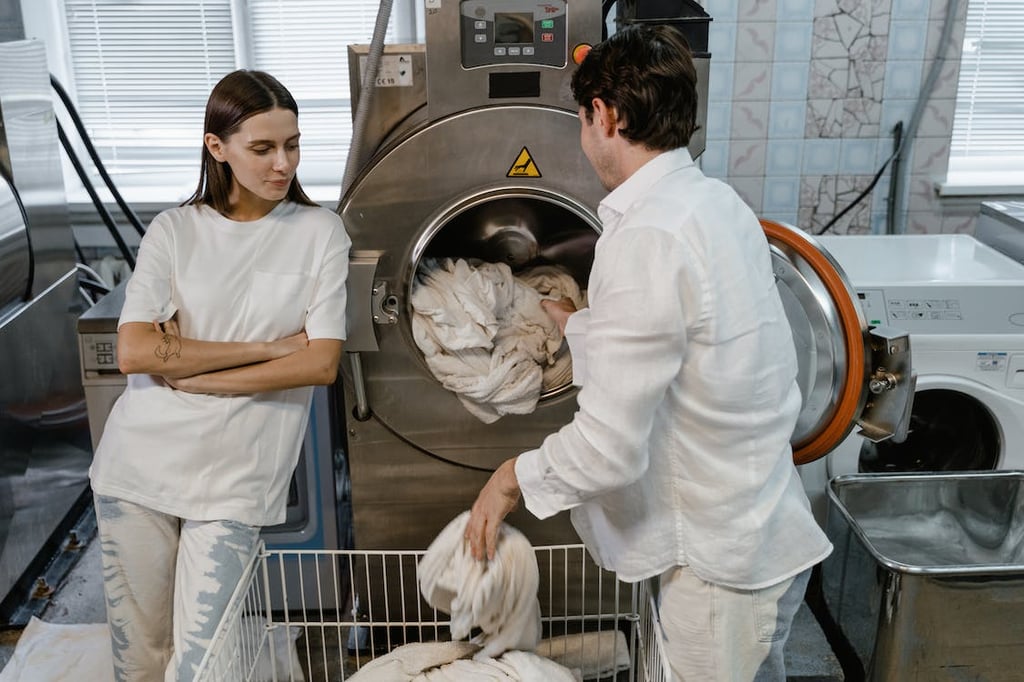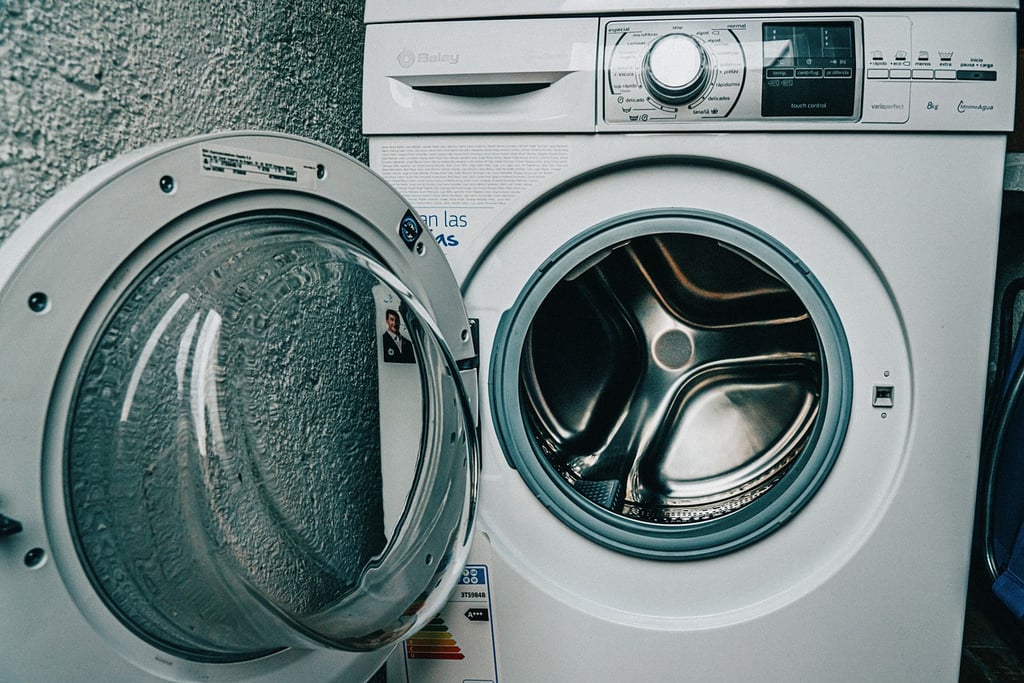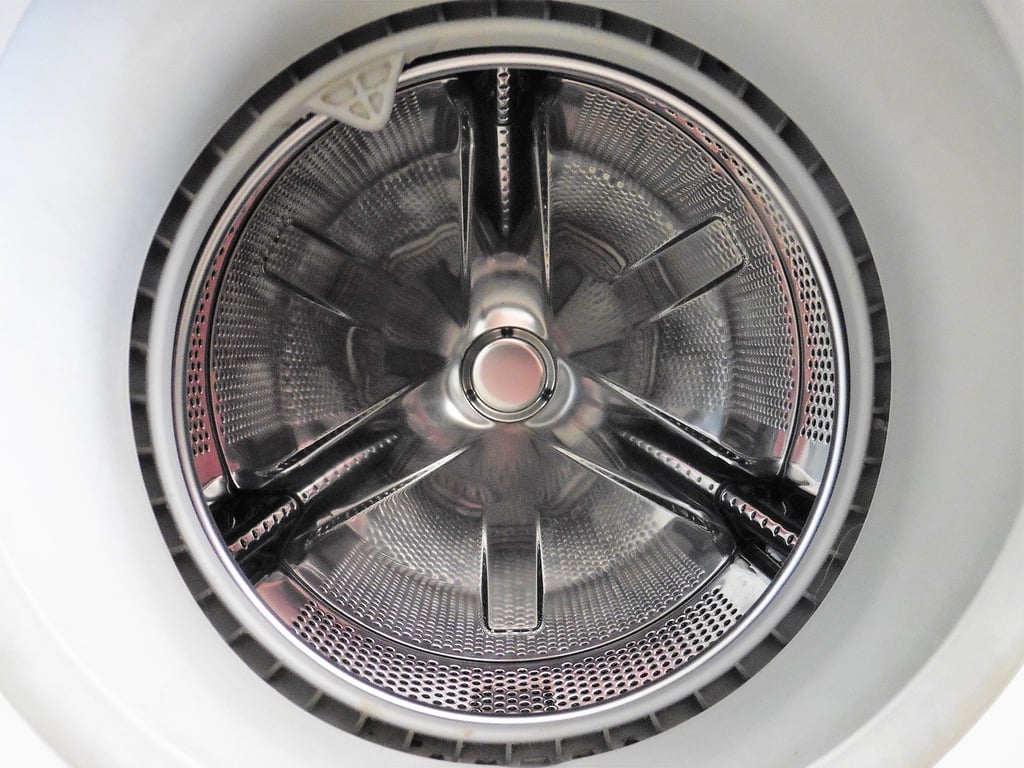Understanding the Drum in a Washing Machine
The drum of a washing machine is a crucial component that plays a vital role in the laundry process. It is the cylindrical container where you place your clothes for cleaning. This article aims to provide a comprehensive understanding of the drum, its construction, materials used, and its significance in ensuring efficient and effective washing.
Construction and Materials
The drum of a washing machine is typically made of durable materials such as stainless steel or porcelain-coated steel. These materials are chosen for their resistance to rust and ability to withstand the constant spinning and agitating during the washing cycle.
Stainless steel drums are widely preferred due to their longevity and resistance to chipping or staining. They can tolerate high spin speeds without warping, ensuring a smooth and balanced washing process. Porcelain-coated steel drums offer similar durability while providing a more affordable alternative.
The drum is designed with small perforations or holes to allow water to drain out during the spin cycle. These holes also enable water and detergent to circulate freely through the clothes, ensuring a thorough and effective cleaning.
The Significance of the Drum
The drum's primary function is to hold the clothes being washed and facilitate their movement during the washing process. It ensures that the detergent and water reach every garment, allowing effective removal of dirt, stains, and odors.
The drum's rotation during the cycle creates a dynamic environment where the clothes repeatedly come into contact with the detergent solution. This contact, combined with the agitation caused by the spinning motion, helps to dislodge dirt particles and stains from the fabric fibers.
Furthermore, the drum's perforations allow water to drain out during the spin cycle, preventing clothes from being excessively wet and reducing drying time. The spinning motion also helps to extract excess moisture from the clothes, making them easier to dry.
Types of Drum Movements
Washing machines employ various drum movements to ensure optimal cleaning results. Some common types include:
1. Agitator
Agitator drums have a central post or column that moves the clothes in a back-and-forth motion. This movement is effective for removing tough stains and dirt but may be harsh on delicate fabrics.
2. Impeller
Impeller drums feature a low-profile cone or disc at the bottom that creates a turbulence effect. This movement is gentler on clothes and is suitable for delicate fabrics, but it may not be as effective in removing stubborn stains.
3. Tumble
Tumble drums rotate the clothes in a circular motion, mimicking the motion of handwashing. This movement is versatile and suitable for different fabric types, ensuring a thorough and gentle cleaning process.
Maintaining the Drum
To keep the drum in optimal condition, regular maintenance is essential. It is recommended to periodically clean the drum to remove any residue or lint buildup that may affect its performance. Additionally, avoiding overloading the machine and using the appropriate amount of detergent can help prevent excessive wear and tear on the drum.
Relative Articles
-
Washing Machine Hacks: No More Tangled Clothes
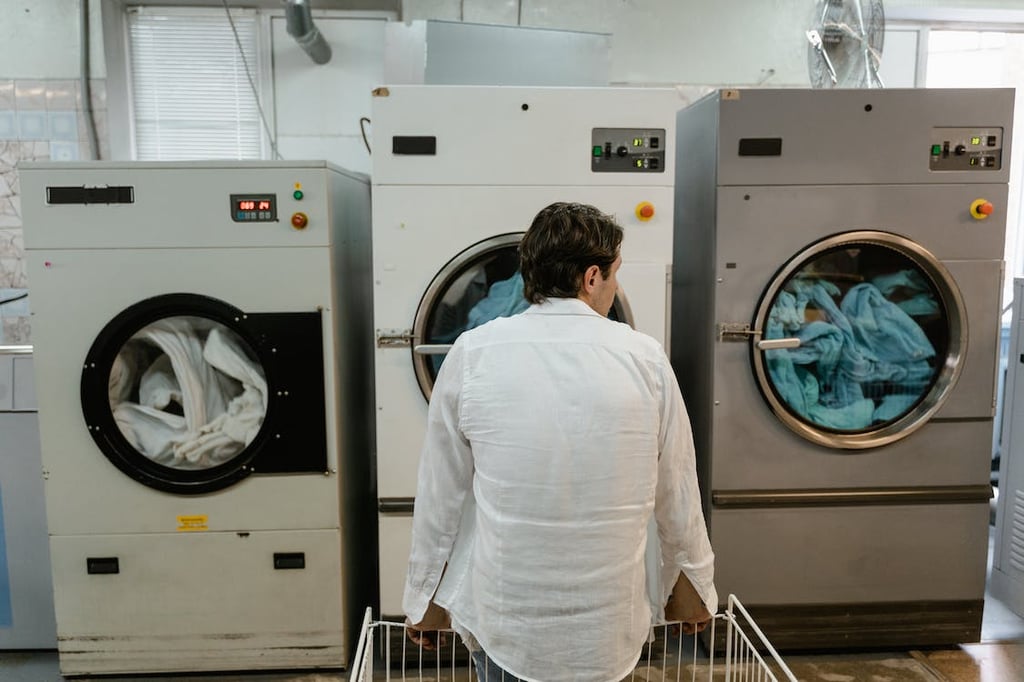
-
How to Clean a GE Deep Fill Washing Machine

-
How to Clean a Public Washing Machine Before Use

-
How to Keep Washing Machine from Freezing in Garage

-
How to Run Washing Machine Drain Outside

-
How Many Amps Do Washing Machines Use?
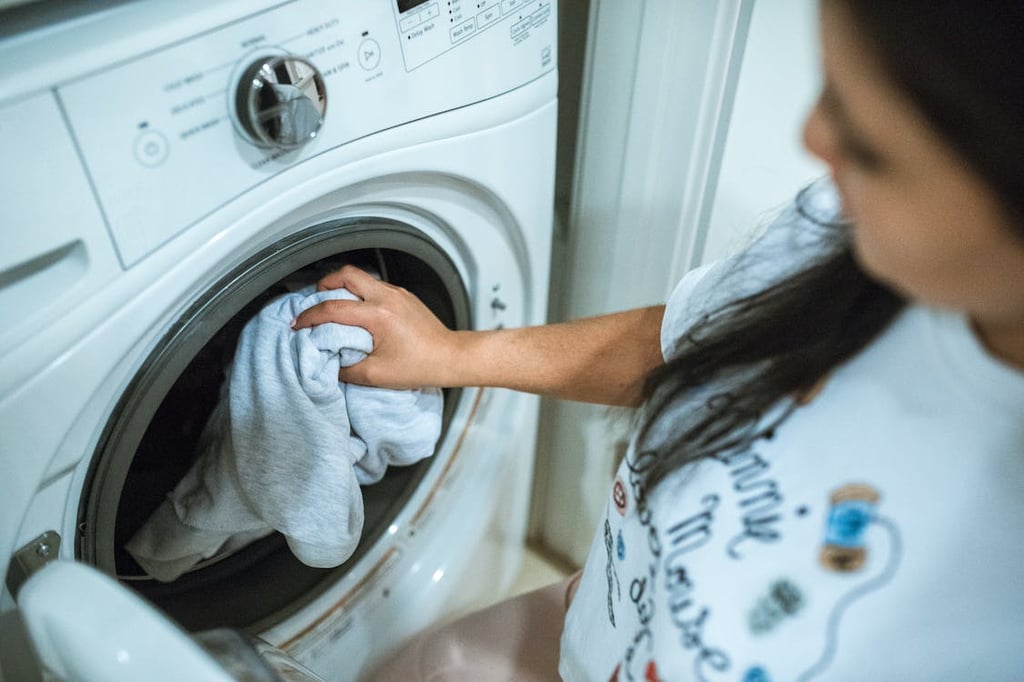
-
How to Tell If Your Washing Machine Control Board Is Bad

-
Can You Lay a Washing Machine on Its Side?


